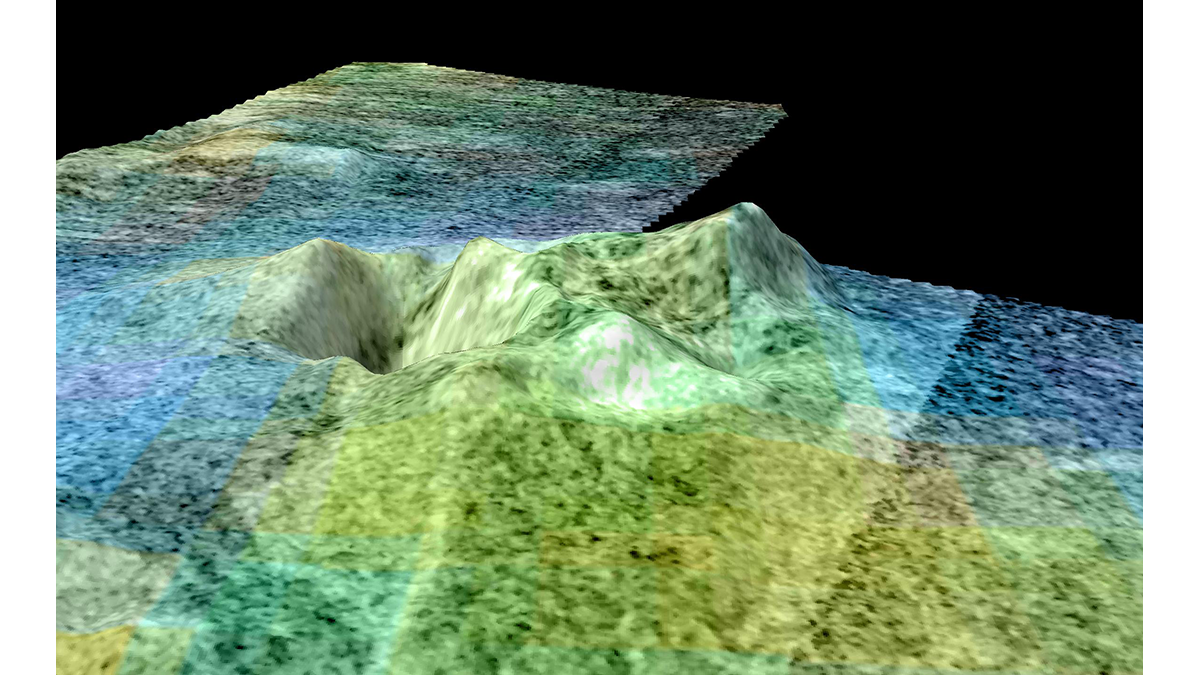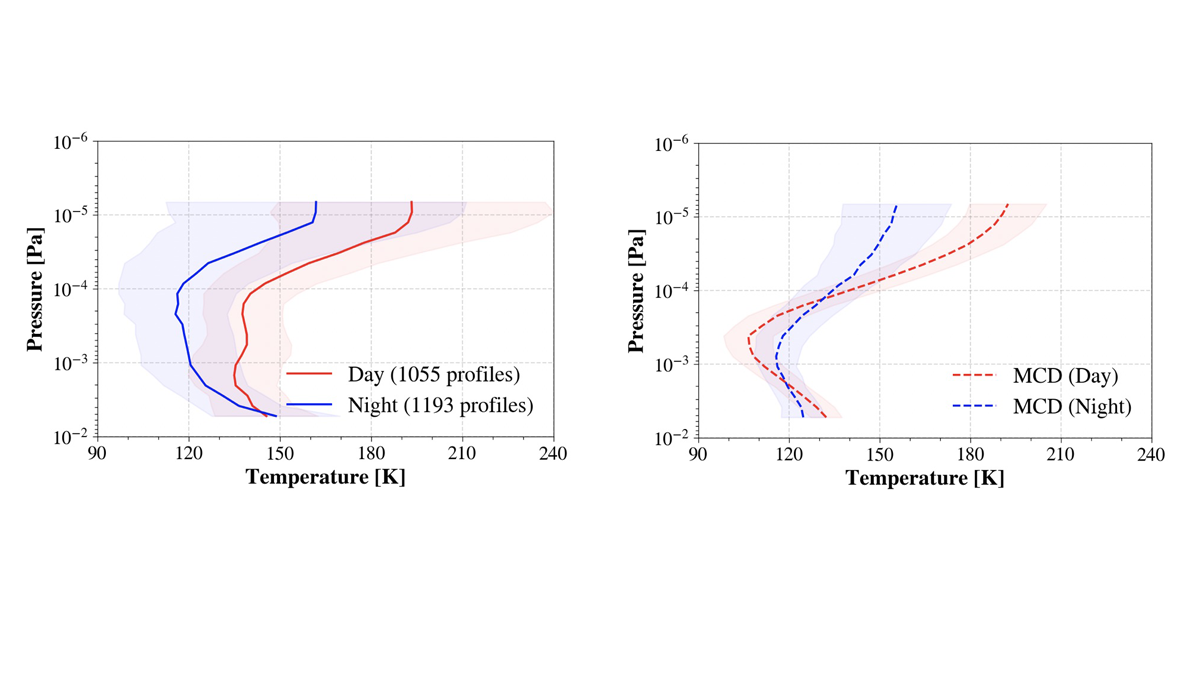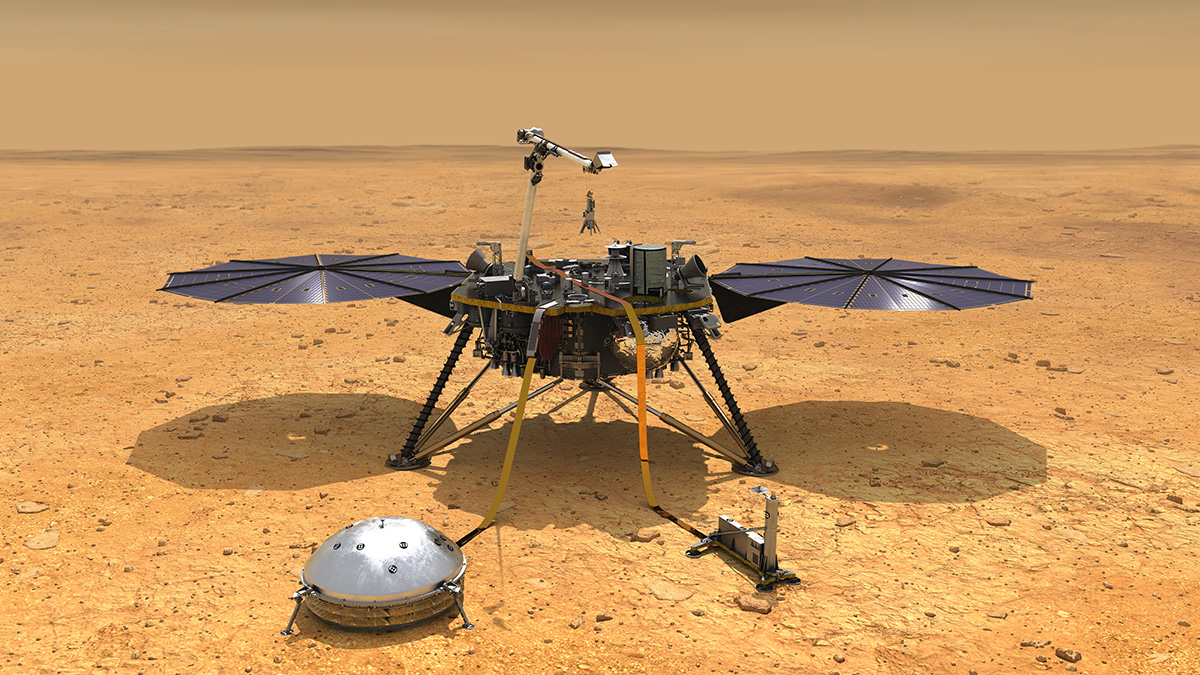More than 21,000 pits, depressions, and closed valleys on Titan may provide access to underground voids or caves.
Journal of Geophysical Research: Planets
Unprecedented Constraint on the Martian Mesopause Temperature
The middle atmosphere of Mars is a critical region influenced by both waves from below and solar radiation from above, but until now there have been very few observational constraints on this region.
Callisto’s H Corona: Offspring of the Surface or the Atmosphere?
The mostly unknown Callisto’s H corona is created by a global tenuous H2 atmosphere and not by surface water as previously believed, providing the first evidence for H2 in Callisto’s atmosphere.
Long-Lived Lakes Reveal a History of Water on Mars
High-resolution imagery of newly discovered paleolakes shows a period of consistent liquid water flow.
Europa’s Plate Tectonic Activity Is Unlike Earth’s
The moon of Jupiter has likely experienced intermittent, regional plate tectonic activity in the past, although the plates are currently dormant.
Ozone, Water Vapor and Temperature: It’s a Complex Relation
Solar occultation observations from the ACS/MIR instrument provide coincident profiles of O3, H2O and temperature, shedding light on correlations and unveiling knowledge gaps in Mars’s photochemistry.
The Shape of Pits on the Moon
Three-dimensional reconstructions enable virtual exploration of pits on the Moon.
Constraining Martian Crustal Thickness with InSight Seismology
The first seismic observations from Mars significantly reduce uncertainty in estimates of the Red Planet’s crustal structure.
JGR: Planets Author Aboard the International Space Station
NASA Astronaut and planetary geologist Dr. Jessica Watkins recently published her post-doctoral Mars research in JGR: Planets, just prior to heading to the International Space Station.










